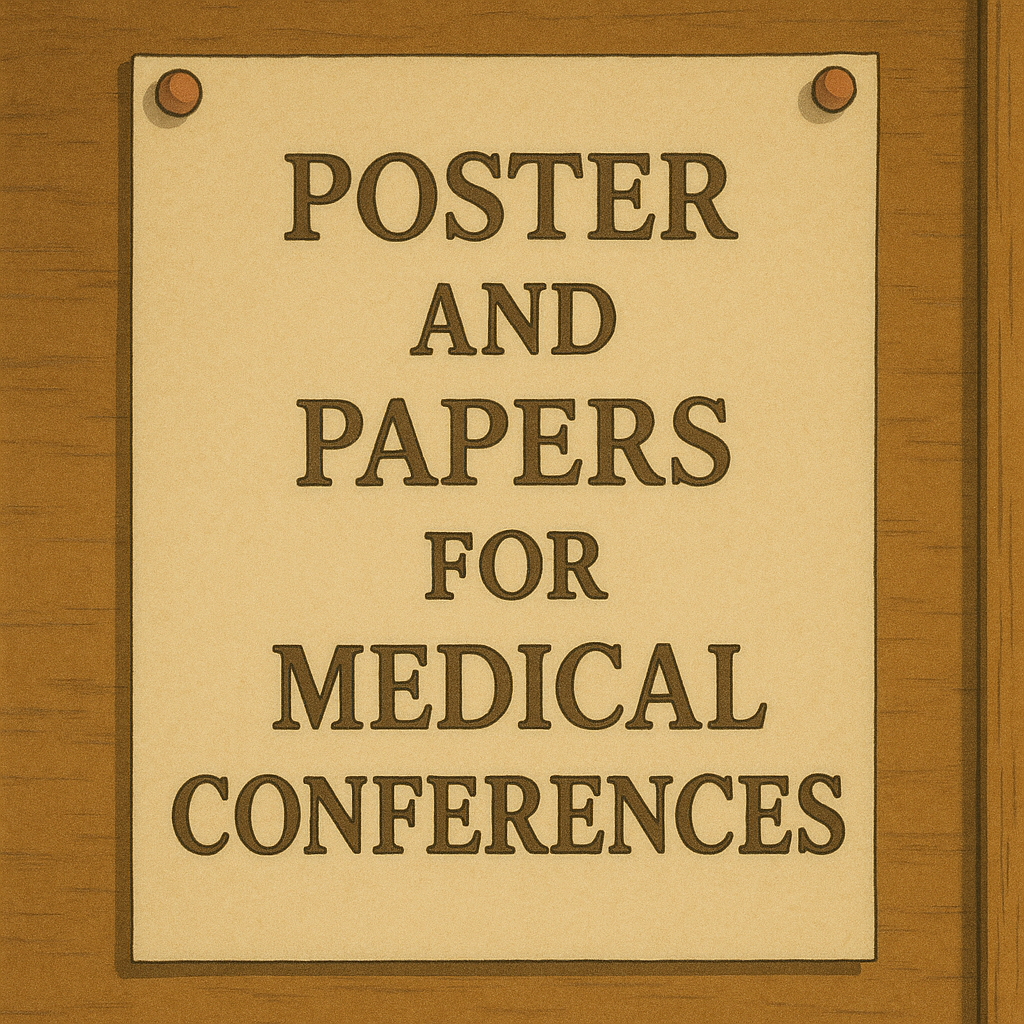OPHTHALMOLOGY PROTOCOL AND SYNOPSIS

OPHTHALMOLOGY PROTOCOL AND OPHTHALMOLOGY SYNOPSIS
How to write Ophthalmology Protocol?
Introduction
An Ophthalmology Protocol (also called an Ophthalmology Synopsis) is a structured plan for an MD, MS, or DNB thesis that outlines your study’s objectives, scope, and methods in investigating eye diseases, diagnostic techniques, or surgical outcomes. A well-crafted Ophthalmology Protocol guides each step of your research and ensures institutional approval.
Introduction to the Topic
Define the ocular condition, diagnostic parameter, or intervention under investigation (e.g., cataract surgery outcomes, intraocular pressure dynamics, retinal imaging biomarkers).
Specify the patient population (age range, comorbidities) and clinical relevance.
Use both “Ophthalmology Protocol” and “Ophthalmology Synopsis” to refer to your document.
Demographics & Prevalence
Identify who is affected (age groups, sex distribution, geographic factors) and cite recent data on incidence or prevalence of the condition.
Highlight risk factors (e.g., diabetes, hypertension) that justify your Ophthalmology Protocol.
Gap in Existing Knowledge
Summarize current understanding of the ocular issue (e.g., variability in visual outcomes) and pinpoint unanswered questions.
Explain how your Ophthalmology Synopsis will generate new evidence to fill these gaps.
Need and Rationale for Study
Explain why this research matters for postgraduate training (MD, MS, DNB) and patient care.
Outline limitations in existing diagnostic criteria, treatment protocols, or outcome data.
State potential impact on clinical guidelines, surgical techniques, or screening programs.
Mention alignment with national eye health initiatives or WHO Vision 2020 goals, if applicable.
Review of Literature
Historical Background: trace key developments in ophthalmology related to your topic (e.g., advent of OCT, phacoemulsification).
Current State of Knowledge: summarize recent peer-reviewed studies on epidemiology, diagnostics, or interventions.
Key Findings: highlight methodologies (e.g., slit-lamp biomicroscopy, fundus photography, visual field testing) and major results.
Gaps in Literature: identify what existing Ophthalmology Synopses have overlooked.
Relevance: show how your Ophthalmology Protocol builds on and extends prior work.
Lacunae in Literature
List specific deficiencies or under-explored areas (e.g., normative retinal thickness values in your population).
Explain how your Ophthalmology Synopsis addresses each lacuna.
Materials and Methods
Source of Data: clinical records, imaging archives (OCT, FFA), surgical logs, or electrophysiological recordings.
Study Design: cross-sectional, cohort, case–control, interventional trial—state clearly in your Ophthalmology Protocol.
Study Population: define inclusion and exclusion criteria (e.g., adults 40–80 years with senile cataract; exclude previous ocular surgery).
Study Period: precise start and end dates (mm/yyyy–mm/yyyy).
Sample Size Calculation: present the formula, parameters (expected effect size or prevalence, α, power), and final number.
Methodology: step-by-step description of clinical examinations, imaging protocols, surgical procedure, or electrophysiological testing.
Outcome Measures: specify primary and secondary endpoints (e.g., best-corrected visual acuity, central macular thickness, intraocular pressure).
Statistical Analysis: specify software, statistical tests (t-test, ANOVA, chi-square, regression), and significance threshold (p < 0.05).
Ethical Considerations
Informed Consent: procedures for obtaining voluntary, written consent from participants.
Confidentiality: methods for anonymizing patient identifiers and secure data storage.
Risk Minimization: safety protocols for ocular imaging, surgical procedures, or invasive tests.
Ethics Committee Approval: name of the Institutional Review Board and approval ID.
Limitations of the Study
Sample Size Constraints: potential under-representation of subgroups (e.g., pediatric or high-risk patients).
Measurement Bias: variability in imaging acquisition or observer interpretation.
Selection Bias: referral patterns to your center or exclusion of certain comorbidities.
Generalizability: applicability of findings to other populations or clinical settings.
Annexures
Consent Form: template ensuring participants understand study aims, procedures, risks, and benefits before agreeing.
Participant Information Sheet: clear summary of study purpose, procedures, and contact details in lay language.
Data Collection Form: structured sheet for recording demographics, clinical findings, imaging results, surgical details, and outcome data consistently.
Conclusion
A concise Ophthalmology Protocol (Ophthalmology Synopsis) tailored for MD, MS, and DNB postgraduate students meets academic standards and provides a clear framework for conducting and presenting your ophthalmic research. Cover each section above thoroughly to ensure scientific rigor and clarity.



